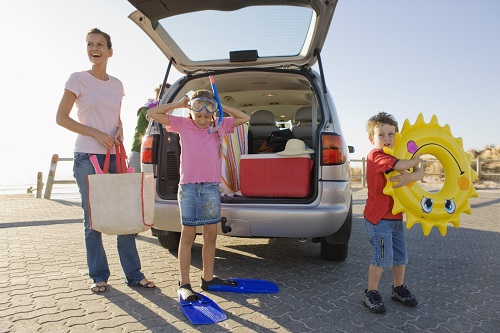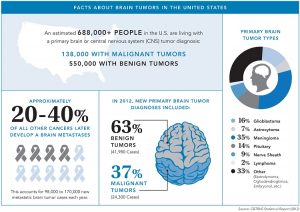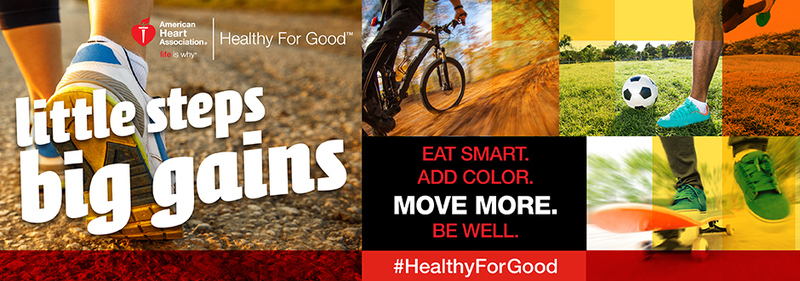
March is National Nutrition Month, an education and information campaign created by the Academy of Nutrition and Dietetics. It has been proven that a combination of making good food choices and creating exercise habits can help provide a healthier life for you and your family.
This year, the theme is to "Go Further with Food" and promotes the idea of starting with a healthy breakfast or fueling up with nutritious snacks before athletic activities as a great way to make your food work for your body and go further.
Some key tips:
- Include a variety of healthful foods from all of the food groups on a regular basis.
- Consider the foods you have on hand before buying more at the store.
- Buy only the amount that can be eaten or frozen within a few days and plan ways to use the leftovers later in the week.
- Be mindful of portion sizes. Eat and drink the amount that's right for you, as MyPlate encourages us to do.
- Continue to use good food safety practices.
- Find activities you enjoy and be physically active most days of the week.
- Realize the benefits of healthy eating by consulting with a registered dietitian nutritionist. RDNs can provide sound, easy-to-follow personalized nutrition advice to meet your lifestyle, preferences and health-related needs.
Tools to use:
- MyPlate - resource for building healthy portions and food choices
- EatRight.org - education resource for food, health and fitness
Source: http://sm.eatright.org/NNMinfo









